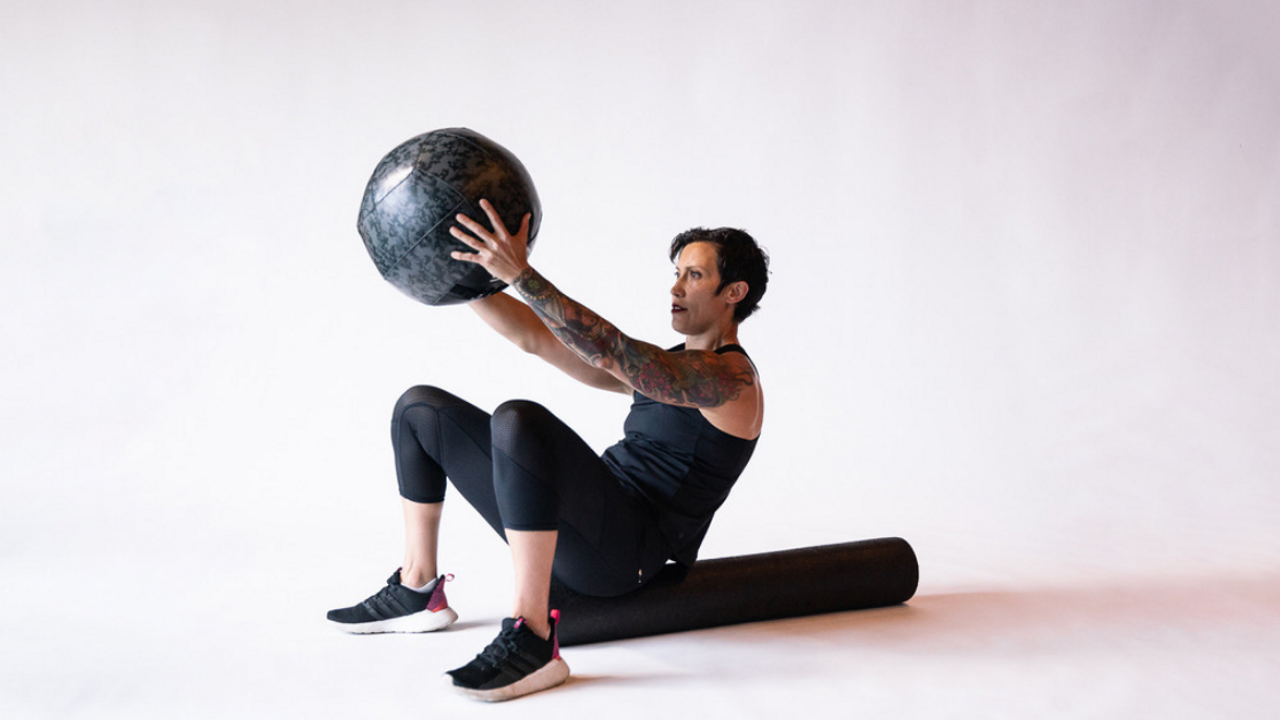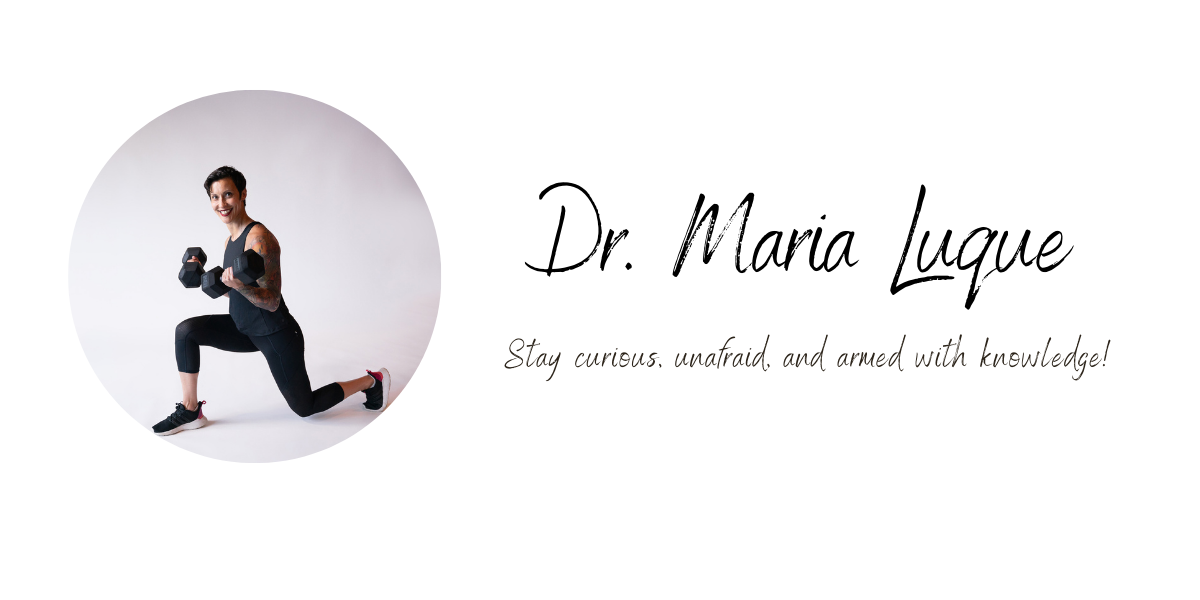Menopause Fitness: Make Training Your Core A Priority
Feb 29, 2020
When most individuals talk about core training, they are thinking of exercises that will give them the “six‐pack.” But the “core” is much more than just the rectus abdominis (a.k.a “six‐pack”) and external obliques. It is composed of muscles that support the lumbo pelvic‐hip complex to stabilize the spine and pelvis. These muscles include the deep lumbar spine stabilizers (also known as “postural” muscles), abdominal muscles, posterior muscles of the lower- and middle back, and hip muscles. The emphasis on training just those visible abdominal muscles can lead to muscular imbalances that are not visible and can go unnoticed for many years. It’s not like having two different-sized arms, which would be pretty easily spotted 🙂
Muscular imbalances can exacerbate normal age-related changes such as bone and muscle loss. Within the core musculature, those imbalances can have a detrimental effect on the overall stabilization of the body. One of the most significant risk factors of menopause is the increased number of osteoporosis and osteoporosis-related fractures. Often these fractures are caused by falls, which may be prevented with adequate balance and strength training, especially for the core musculature.
The core is involved, either directly or indirectly, in every motion that your body performs. Bending down to pick up something? Your core is involved. Reaching back to get something? Your core again. Getting up from the floor or out of bed? Can’t do it without your core. How about standing up straight? Yup, your core is what keeps you upright.
One muscle is not more important than the other. Weakness in any of these muscle groups can lead to structural issues and injury and it is therefore essential to train the core as a whole.
Training the core
Because there are so many muscles involved, it is important to train the core from all angles and directions. For example, training just the rectus abdominis without the deeper transverse abdominis will lead to imbalances that will end up in pain and possible injury. I like to compare this concept to building a house: if you build the walls without the proper foundation, the house will collapse.
Often core training consists of traditional crunches, sit-ups, and planks but it is crucial to look beyond that and be mindful of how much your core is involved in everyday movements. For example, when you lift something overhead, the core makes that movement possible. You brace your core in an effort to prepare for the change in center of gravity as you lift the weight up and over your head. “Brace your core”. What does it mean? Think about what you would do in preparation for someone punching you in the belly. That is abdominal bracing. You’re engaging all core muscles, front to back, side to side.
Two of my favorite non-traditional core exercises are:
- Barbell thruster (DB works as well but I prefer BB)
- Barbell front squat (DB works as well but I prefer BB)
They both heavily engage the core by stabilizing the entire body through the movement. In fact, any overhead movement is an excellent way to work those stabilizing core muscles. Next time you put your luggage in the overhead compartment, think of this. There’s always an opportunity to be mindful of your core.
Other great, more traditional core exercises by region are:
Lumbar spine stabilizer exercises:
- Bird dog
- Kneeling side bridge
- Single‐leg raise and reach
Abdominal muscle exercises
- Plank
- Side Plank
- Plank with leg raise
- Stability ball plank
- Oblique crunch
- Russian twist
- Stability ball jackknife (two legs or single leg for progression)
Hip/Glute Muscles
- Glute Bridge (progression: single-leg or marching)
- Stability ball bridge (progression: add single leg raise)
- Fire hydrants
- Clam Shell
Here are two excellent sources with more information on how to train the core that also include illustrations.



